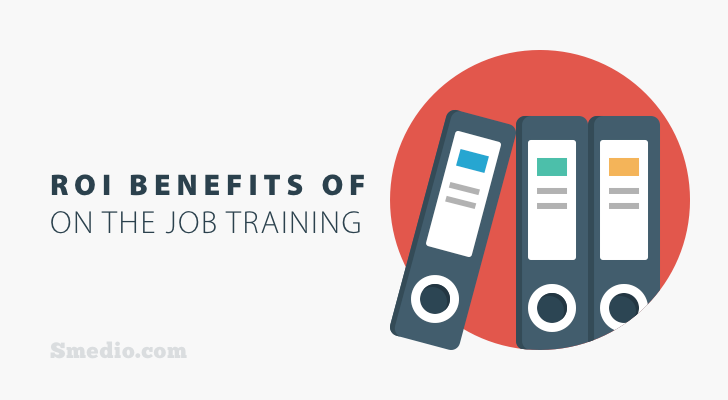For those of us working in the digital marketing realm, you probably operate on the assumption that we are trailblazers – and to be fair, we are. You might be surprised, as I am, to learn that the basic principles that govern our industry are old hat. Enter Claude Hopkins, a man who pioneered the concept of advertising as we know it – in 1923. Hopkins’ seminal work, “Scientific Advertising” is chock full of timeless advice that is applicable now in 2013 as it was 90 years ago. Though I recommend that everyone working in marketing, sales, or ecommerce read the public domain piece. Here’s a quick look at what I’ve learned from Hopkins’ influential writings.
Advertising is salesmanship
In Hopkins’ day, the craze was mail order advertising. Even though we now operate almost exclusively in digital marketing, the concept is the same as it was in the days of sales mailings. In “Scientific Advertising,” Hopkins is keen to point out that advertising is salesmanship – period. As such, according to Hopkins, the words used in advertising material must reflect the kinds of words that a salesman would say in a face-to-face setting.
Ads should be treated like salespersons. Of course, you can control the words coming from your printed material to a greater extent than you could put words in the mouth of any living salesperson. So, as Hopkins wisely points out, copywriting should be narrow in focus, conversational, and free from clichés. The whole of it should be tailored around the idea of selling goods or services, not for the sake of showing-off your writing prowess. Less is more, and simple is better than overwrought, when it comes to modern marketing, just as it was with 20th century sales literature.
Be clear, be specific
The use of phrases like “simply the best” or “lowest prices ever” don’t really help in digital marketing, just as they were of little use in Hopkins’ day. As he points out, consumers recognize platitudes and superlatives as sales-speak, which can be repellant. Facts and figures – “20 percent more than the leading competitor” or “save five hours a week” – will carry us much further than blatant sales tactics.
Similarly, Hopkins understood that keeping it simple has great value in reaching a broad audience through our digital marketing efforts. Using everyday language reaches more readers than superfluous figures of speech. We know this to be true as much today as it was in the early nineteen-hundreds.
Be knowledgeable and informative
Hopkins explains how decaf coffee got to be known as “decaf”. In its earliest days, caffeine-less coffee was advertised as just that, caffeine-less. The variant didn’t take off, according to Hopkins, until a savvy ad agent researched the fact that the caffeine kick in regular coffee doesn’t kick in for half an hour after drinking it – a fact that has since been thoroughly exploited in marketing decaf as a suitable placebo ever since.
Hopkins advice leads us to know that digital marketing is about understanding your product as well as its audience. Accordingly, sales can never be sales simply for the sake of selling. Selling is about explaining how a product or service meets with a tangible consumer need or want. Only through careful understanding can that relationship be conveyed through ad copy.
It’s about your customers
“Scientific Advertising” tells us that our audience is selfish. That may be a decidedly more blunt way of putting it than we would use now, but it’s true. Our audience of consumers are only interested in that which relates to their lives. The case may be that your product or service makes a given task easier for them, or increases their own income, or simply enhances their lifestyle, but whatever the situation, it is important that your sales material directly address their concerns.
Good headlines get attention
Hopkins also covers the value of the headline. As he puts it, the ideal headline would say “Hey there, Bill Jones.” Unfortunately, ads – even in digital marketing – cannot always address the individual. But what our digital marketing can do is speak directly to a specific type of consumer. If your shopper is the young professional, you can speak to that broad audience in terms that they understand through your ads. We’re not always able to identify every individual, though we are getting better at it, but we can certainly identify the most beneficial demographics for a specific business.
Strategy is everything
One of my favorite takeaways from “Scientific Advertising” is the importance of strategy. Hopkins points out that every element of a campaign is part of the strategy. From the price point of the consumable being offered, to its very name, everything falls under the marketing umbrella. Every individual piece of a product’s delivery is an aspect of its advertising, and all factors must be weighed and thought-out.
Claude Hopkins points out the shortcomings of famous marques, like Corn Flakes. Whereas a name like Kodak is a brand, “corn flake” is a generic term that can be adopted by a million wannabes. Thus, strategy starts at the earliest conception of a consumable, and ends with the final conversion into a sale. The better job your organization does at factoring everything as part of your marketing strategy, the better the results will be.
Final Thoughts
Claude Hopkins may have been well ahead of his times. In any case, his advice in “Scientific Advertising”, as well as his autobiographical “My Life in Advertising”, represents timeless best practices which are still totally relevant to digital marketing. I’d urge everyone to take a look at Hopkins’ works, as they are easy reads. There’s much to in his writings that can be applied to digital marketing, so much so that it would seem that only the medium has changed in nearly a century.
[et_social_share]










Great homage to a true trailblazer. Thanks for the great post, Douglas!
Thanks Terry for your always thoughtful comments! I’m glad you enjoyed it.
Great reflections that truly transcend time.